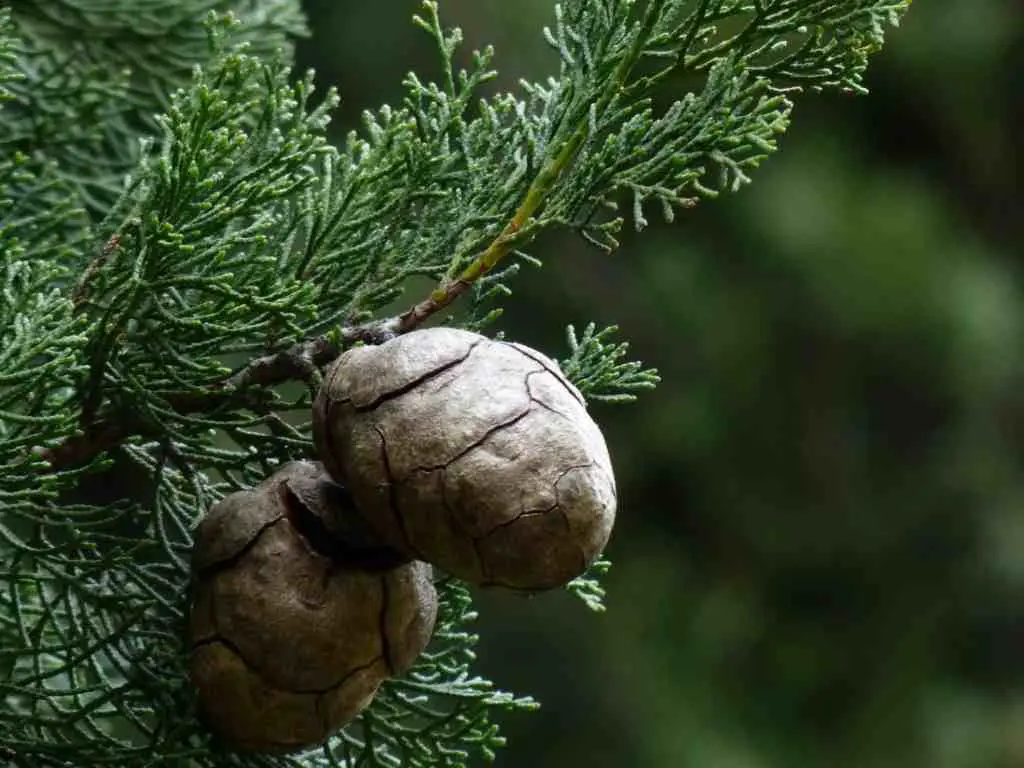Several types of bonsai are used indoors or outdoors, but for this article, we will look at the Italian cypress tree. It is widely recognized that the Italian Cypress bonsai tree is one of the most amazing trees in the world of bonsai. In this post, I will discuss how to take care of the Italian Cypress Bonsai Tree inside your house.
Can You Bonsai a Cypress Tree?
Among the 100+ species of cypress that exist, Italian Cypress or Bald Cypress are some of the plants that you can easily grow into bonsai. Due to their conical shape, they make wonderful bonsai for your homes.
Can You Bonsai Italian Cypress?
Italian Cypress (Cupressus sempervirens) is one of the easiest trees to Bonsai. An Italian Cypress can be grown indoors in the warmest, sunny areas of your home or office.
The tree is known for its excellent tolerance for poor soil conditions. This is why it makes such a great Bonsai tree for beginners, as well as an indoor plant.
The dark green needles and quick growth have made it the perfect choice for both beginners and experienced bonsai enthusiasts.
Italian Cypress trees grow tall and slender. The needles are dark green and are scale-like. They produce brown cones and seeds throughout the year. The cones, are brown in color and have a dry, hard exterior.
Basic Care Instructions

Italian cypresses are easy to grow, making them a perfect choice for beginners interested in learning the ancient art of bonsai.
Location (Indoor And Outdoor Placement):
Keep your Italian Cypress bonsai outdoors especially during Spring and Summer. The tree needs the direct sun for at least four to six hours a day.
If you want to grow them inside your house, keep them in a place where the plant gets enough high-intensity light.
Your Italian Cypress cannot tolerate extremely cold temperatures so make sure the night temperatures don’t go below 45 degrees Fahrenheit.
Soil:
Although you can grow Italian cypress bonsai trees in any type of soil, it is recommended to use high-quality Bonsai soil that drains perfectly.
Your perky bonsai tree needs to be kept out of excessively wet areas, or it can make your bonsai tree sick.
Watering Instructions
Using a moisture meter, you can check to see when your Italian Cypress Bonsai needs watering. Don’t wait to water your bonsai till the soil dries out.
Water your Italian Cypress until water drains from the bottom of the pot.
Fertilizing Instructions:
Fertilizers for any bonsai are needed to keep the tree healthy and thriving, and your Italian Cypress is no different.
Use a general-purpose liquid fertilizer like this to feed your tree. Ideally, in Spring, feed the tree once a week, and gradually slow it down over the year and stop completely in the winters.
How To Repot Italian Cypress Bonsai:
Repotting bonsai every 2-3 years is crucial. When you need to repot your cypress bonsai, make sure to use the correct container.
Fall and winter are the best times to repot your cypress trees. These are the ideal seasons for repotting since during other times roots are growing the most.
To repot Italian Cypress Bonsai, remove all soil and the tree from the pot by loosening the roots. Grip the trunk firmly with one hand and remove the outer and bottom root mass of the tree.
To repot your Italian Cypress Bonsai, place 2 inches of gravel over the drainage holes and fill the pot with soil until it is 1 inch below the rim.
Remove any excess soil and water thoroughly. Place 1 inch of mulch around the trunk to prevent weeds and water regularly.
What Is The Best Bonsai Style Of Italian Cypress Bonsai:
The Italian cypress is a tree that easily adapts to a wide variety of bonsai styles. You can easily make an informal upright twin trunk, formal upright, cascade, or semi-cascade styles using Italian Cypress.
Its straight trunk and stable branches provide balance and symmetry for many bonsai styles.
Common Issues When Caring for an Italian Cypress Bonsai:
Italian Cypress bonsai are hardy indoor trees that survive in a variety of light conditions. However, they grow fastest with medium light and average humidity and watering.
It will only drop their needles if the temperature drops below 10 degrees F, or if they dry out completely.
If all the leaves on your tree turn brown, check to see if the soil is too dry or too wet (or both). Keep an eye on your trees and water wisely to avoid needle blight.
Cypress Bonsai Trees are some of the oldest living plants known to mankind. Their longevity is a testament to how well the trees grow and how much care they receive from their owners.
I hope this post was helpful for you. You can check out more bonsai tree care by exploring the site.